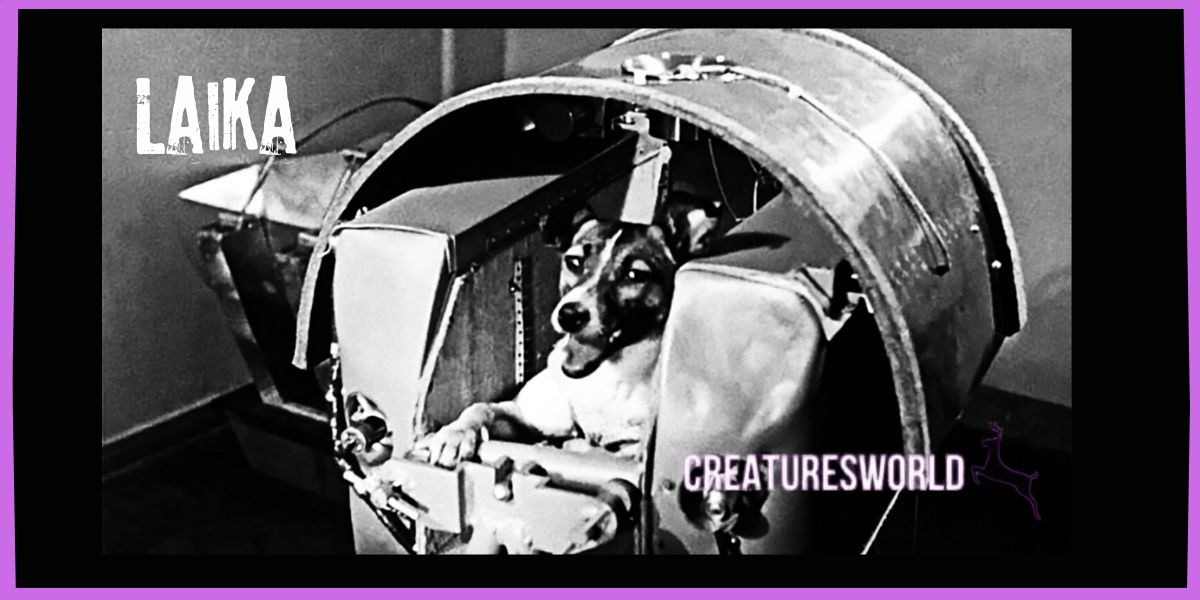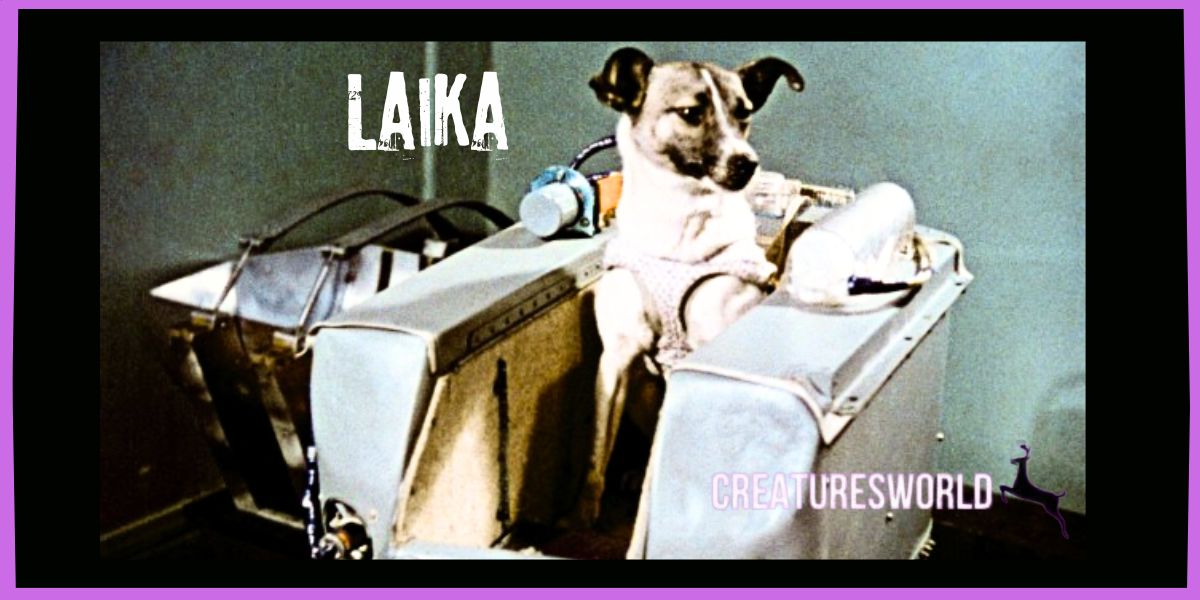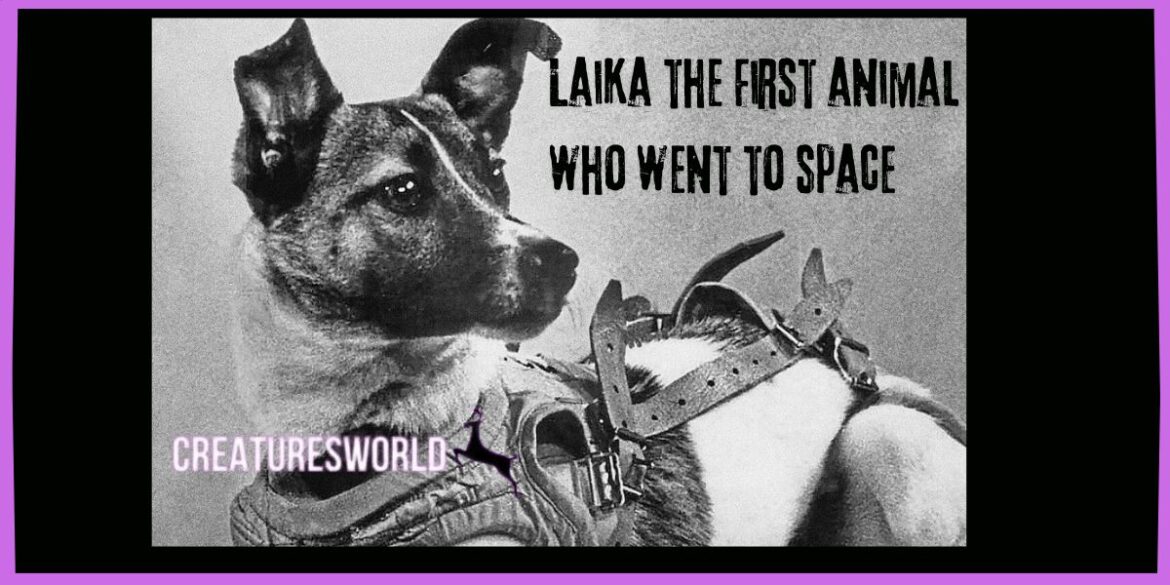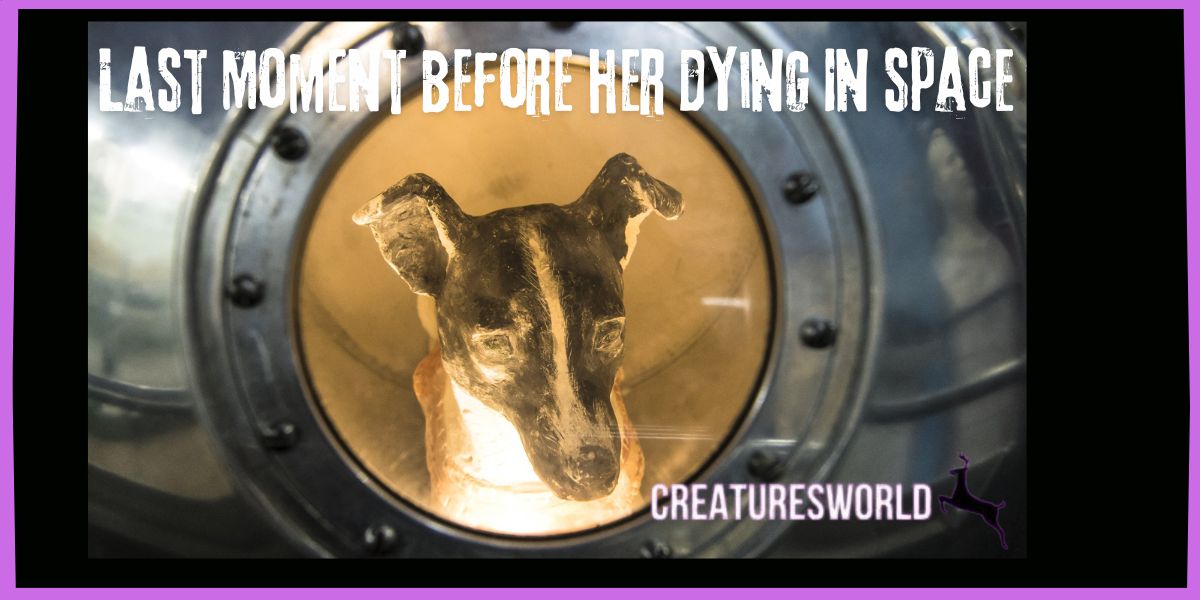Today we are going to talk Laika The First Animal Who Went to Space, a stray dog found on the streets of Moscow (A Mongrel Mix Breed Dog), became a pivotal figure in space exploration as she was selected as the passenger for the Soviet spacecraft Sputnik 2, launched on November 3, 1957.
Laika The First Animal Who Went To Space Soviet Union Mission First Steps For Canines
Laika The First Animal Who Went To Space (how laika’s showing started) Following the triumph of Sputnik 1 in October 1957, Nikita Khrushchev, the leader of the Soviet Union, envisioned a grand gesture for the 40th anniversary of the October Revolution by launching another spacecraft on November 7, 1957. Although work was underway on a more advanced satellite, slated for completion in December, it wasn’t prepared in time for the anniversary launch. This satellite would eventually be known as Sputnik 3, representing a significant leap in space technology for the Soviet Union.
To meet the ambitious November deadline set by Khrushchev, engineers had to fast-track the development of a new spacecraft. Khrushchev was adamant about showcasing Soviet technological prowess with another groundbreaking mission akin to the success of Sputnik 1. After careful deliberation, planners settled on an orbital flight featuring a canine passenger.
Soviet engineers had long envisioned sending a dog into orbit as a precursor to human spaceflight. Since as early as 1951, they had conducted 12 sub-orbital flights with dogs, gradually advancing toward an orbital mission planned for 1958. However, to fulfill Khrushchev’s vision of a “space spectacular,” they expedited the timeline for the orbital canine flight, ensuring it was ready for the November launch.

Laika The First Animal Who Went To Space Starting Of Her Journey
Being one of the first animals to go into space, Laika became the first to orbit the Earth. But sadly, her mission didn’t have a happy ending. Because of the limited technology back then, there was no way to bring her back safely, and she died from overheating just a few hours after launch, during the spacecraft’s fourth orbit.
At the time of Laika’s mission, space exploration was still very new. People didn’t know much about how space would affect living things. That’s why engineers saw animal missions as important steps before sending humans into space.
Laika’s trip on Sputnik 2 was a groundbreaking experiment. Her heart rate and breathing were closely watched. The main goal was to see if a living creature could survive the challenges of space—like low gravity and strong radiation. Her journey gave scientists very important information and the first clues about how space affects the body.
Mystery Of Laika The First Animal Who Went To Space Death
The details around Laika’s death were surrounded by mystery and false information for many years. At first, people thought she died from running out of oxygen or that she was put to sleep to avoid suffering. But in 2002, the real reason and timing of her death were finally revealed. It turned out she likely died from overheating, possibly due to a failure in the separation of the R-7 rocket’s main part from the spacecraft.
To honor Laika’s role in space history, a small statue of her standing on a rocket was built near the military research center in Moscow where her mission began. Her legacy is also remembered on the Monument to the Conquerors of Space, showing how her journey became a symbol of both progress and sacrifice in science.
There were mixed stories at first about how Laika died — some said she suffocated, others claimed she was euthanized — but later it was confirmed that overheating was the real cause. Her mission sparked worldwide debate, especially about how animals were treated in the name of science.
In places like the United Kingdom, many groups spoke out strongly against the mission, calling it cruel. But in the Soviet Union, people stayed mostly silent, and open discussions about ethics only started many years later. In 1998, scientist Oleg Gazenko, who worked on the mission, said he deeply regretted what happened to Laika, admitting the difficult moral side of using animals in experiments.
Laika The First Animal Who Went To Space, Launch Of Sputnik 2
As per Russian accounts, the official green light for the launch of Sputnik 2 came around October 10 or 12, leaving a mere four weeks for the design and assembly of the spacecraft. Consequently, Sputnik 2 was somewhat hastily put together, with many components being crafted from basic sketches. Beyond its primary objective of transporting a living passenger into space, the spacecraft was also equipped with instrumentation to measure solar irradiance and cosmic rays.
The life-support system onboard comprised an oxygen generator along with mechanisms to prevent oxygen toxicity and absorb carbon dioxide. To regulate the cabin temperature, a fan was installed to activate whenever it exceeded 15 °C (59 °F), ensuring the comfort of the canine occupant. Adequate provisions, in a gelatinous form, were stocked to sustain the passenger for a seven-day duration, while arrangements were made for waste collection via a fitted bag.

The dog was outfitted with a harness, and chains were included to restrict movement to standing, sitting, or lying down positions, with limited space preventing turning around within the cabin. Additionally, an electrocardiogram was employed to monitor heart rate, complemented by instrumentation to track respiration rate, maximum arterial pressure, and the dog’s movements.
Laika The First Animal Who Went To Space, Where They Found Laika
Laika, discovered as a stray on the streets of Moscow, was selected by Soviet scientists for her presumed resilience to harsh conditions, having endured the challenges of cold and hunger as a street dog. She was a Mongrel female, weighing approximately 5 kg (11 lb) to 6 kg (13 lb). Among the various names bestowed upon her by Soviet personnel were Kudryavka (Little Curly), Zhuchka (Little Bug), and Limonchik (Little Lemon), but it was the name Laika, denoting several husky-like dog breeds in Russian and translating to “Barker,” that gained worldwide recognition.
Some anecdotes suggest she was renamed from Kudryavka to Laika due to her incessant barking. Her precise lineage remains a mystery, though it’s widely believed she had some husky or Nordic breed ancestry, possibly mixed with terrier. NASA refers to her as a “part-Samoyed terrier.” Described as phlegmatic by a Russian magazine, Laika was said to be amiable and non-confrontational with other dogs.
Laika The First Animal Who Went To Space, Launch Of Sputnik 2 (Continued)
Before the launch of Sputnik 2, both the Soviet Union and the United States had solely conducted animal flights on sub-orbital trajectories. Laika was among the trio of dogs trained for the mission, alongside Albina and Mushka, under the supervision of Soviet space-life scientists Vladimir Yazdovsky and Oleg Gazenko. In preparation for the confined space of Sputnik 2’s cabin, the dogs underwent a gradual process of adaptation, being confined to progressively smaller cages for up to twenty days.
prolonged restriction led to cessation of urination and defecation, restlessness, and a decline in overall health, despite attempts with laxatives. Extensive training sessions, including exposure to centrifuge simulations of rocket launch acceleration and spacecraft noises, proved more effective.
In the lead-up to the launch, one of the mission scientists took Laika home to spend time with his children. Vladimir Yazdovsky, in his book recounting the story of Soviet space medicine, described Laika as quiet and charming, expressing a desire to offer her kindness given her limited time remaining.
Laika The First Animal Who Went To Space Preflight Preparations
Preflight preparations involved finalizing the roles of the dogs, with Laika designated as the “flight dog,” intended for a one-way mission into space. Albina, having previously flown on high-altitude test rockets, served as Laika’s backup, while Mushka remained on the ground as a “control dog” for instrumentation and life support testing. Surgical procedures were conducted on the dogs to route cables from transmitters to sensors for monitoring vital signs.
The logistical challenge of transporting the dogs and crew to the Baikonur Cosmodrome required flights aboard Tu‑104 and Il‑14 planes due to the small airstrip near the launch site. Training continued upon arrival, with the dogs gradually introduced to the capsule and its feeding system.
Laika The First Animal Who Went To Space, Launch Of Sputnik 2 (Continued)
Laika was placed in the satellite’s capsule on October 31, 1957, three days ahead of the mission’s commencement, with precautions taken to keep her warm amidst freezing temperatures at the launch site. Close monitoring and grooming occurred before liftoff, including application of iodine for sensor placement.
The precise launch time varies across sources, cited as either 05:30:42 Moscow Time or 07:22 Moscow Time. Laika experienced increased respiration and heart rates during peak acceleration, with telemetry indicating elevated stress levels. Despite successful separation of Sputnik 2’s nose cone, issues with the core prevented proper thermal control, leading to increased cabin temperatures. After approximately five to seven hours into the flight, communication ceased, marking the end of Laika’s journey.
According to me using Dogs or any kind of animals in experiments when they are sure the animal will die that type of thing shouldn’t happened. Animals are also Living beings they deserve to live on this planet peacefully.
Laika The First Animal Who Went To Space, FAQS
What impact did Laika’s mission have on space exploration?
Laika’s mission provided invaluable data about living organisms’ responses to space travel, paving the way for human spaceflight. Despite her death, the mission demonstrated that it was possible to send a living being into orbit and safely return it to Earth, setting the stage for future manned missions.
Done Reading Science Read About War Of Lions For The Paradise
How is Laika remembered and honored today?
Laika is remembered as a pioneering figure in space exploration. She has been honored with various memorials, including statues and plaques in Russia. In 2008, a monument was erected in Moscow depicting Laika standing atop a rocket, commemorating her contribution to space science and the sacrifices made during the early days of space exploration.
Everything I ( I, Kabir Thakur) have written here is thought out and well research processed Information. Please comment me for your doubts and to correct me if I am wrong.


